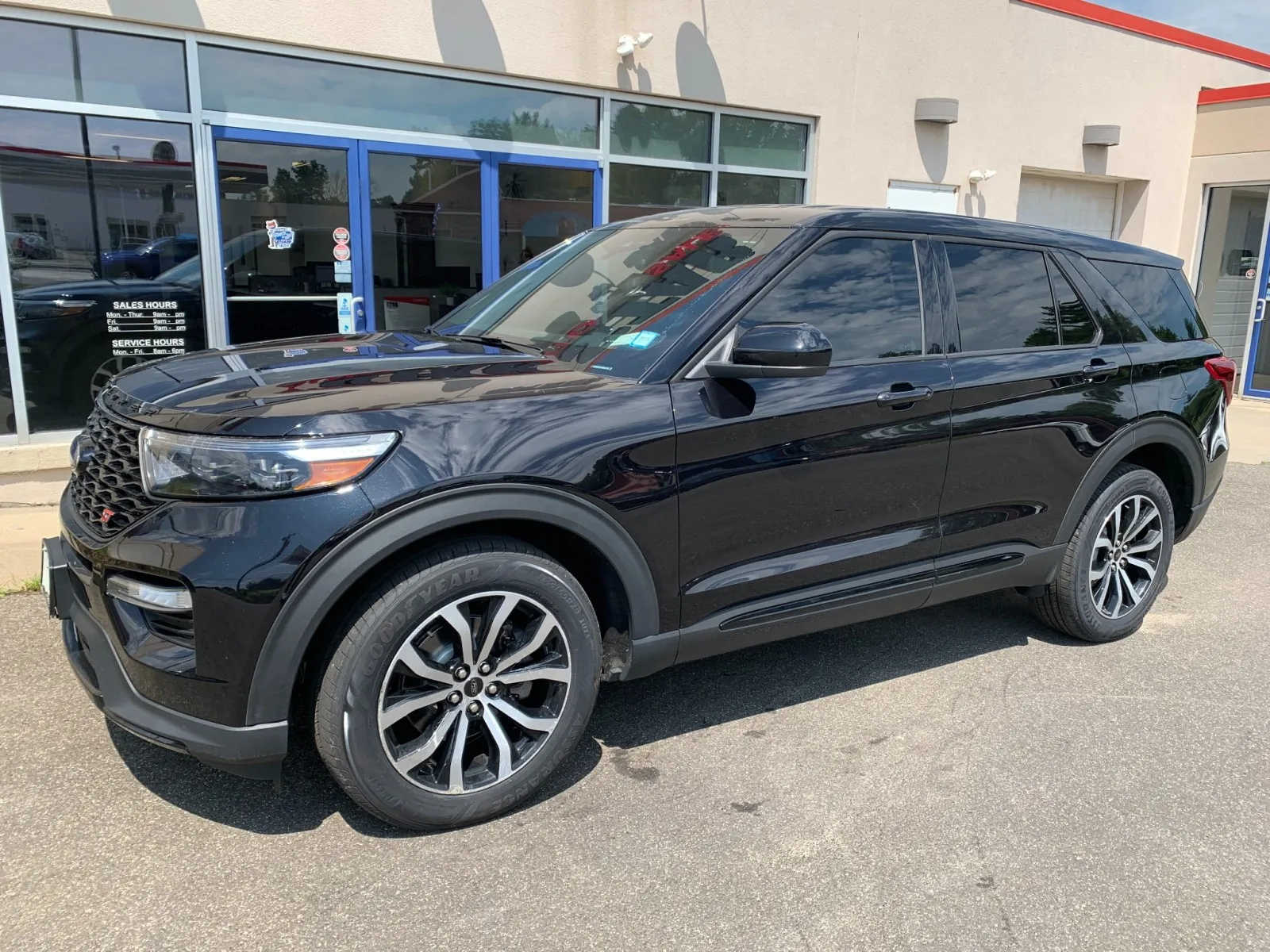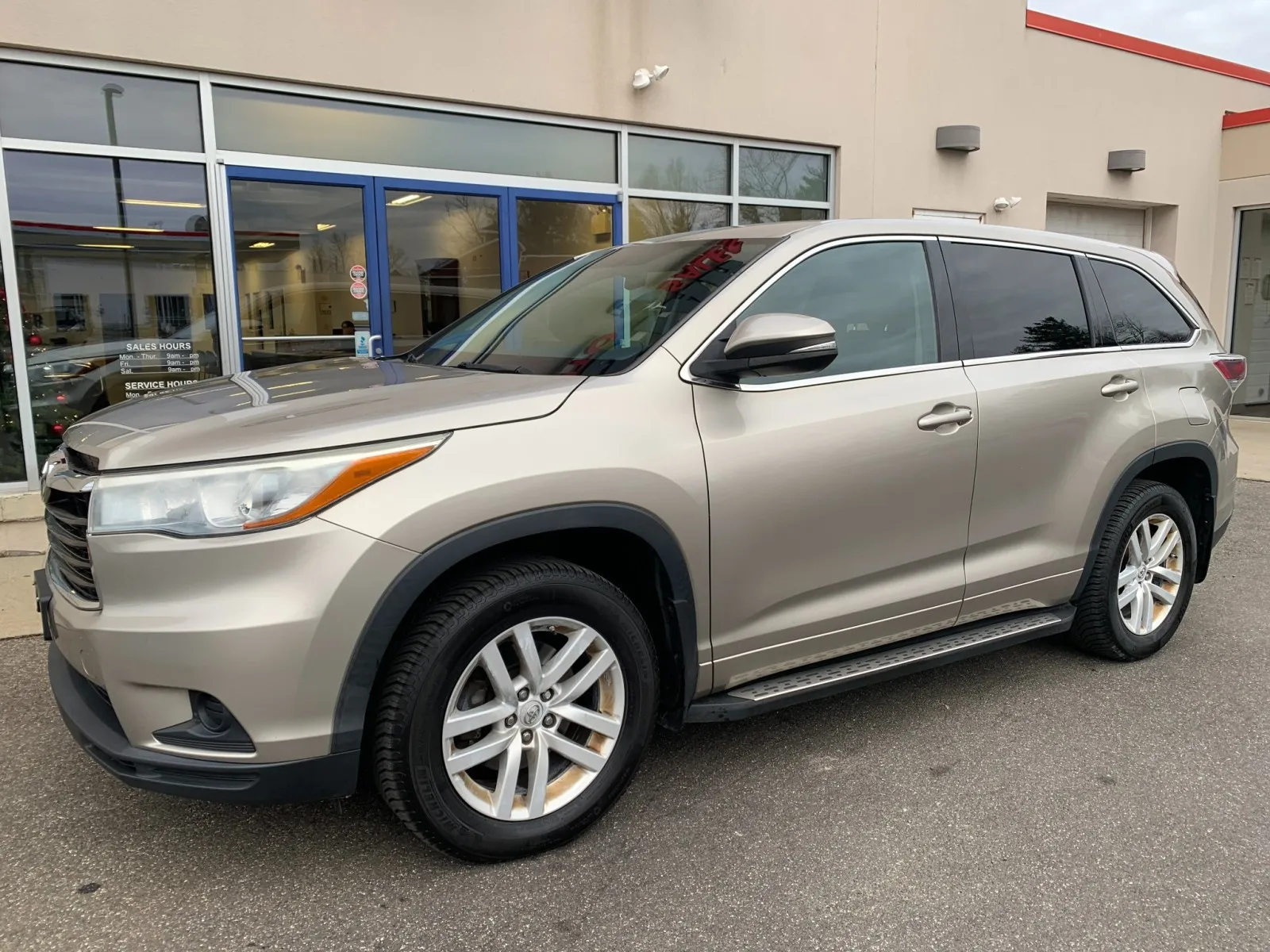Tips for Driving Safely in Icy or Snowy Conditions
Table of Contents
Tips for Driving Safely in Icy or Snowy Conditions
Winter can be a beautiful season, but it also brings challenging driving conditions. Snow and ice can make roads slippery and unpredictable, requiring extra caution and preparation. At Star Auto Sales, we want to help you stay safe during the winter months. Here are some key tips for driving safely in icy or snowy conditions.
1. Slow Down and Leave Extra Space
Driving too fast is one of the biggest mistakes you can make on icy roads. Reduce your speed and leave extra space between you and the car in front of you. This will give you more time to react if the car ahead stops suddenly or if you encounter ice on the road. In slippery conditions, you may need double or even triple the normal stopping distance.
2. Accelerate and Brake Gently
Sudden acceleration or braking can cause your car to skid on ice or snow. Apply the gas pedal gently to get your car moving, and brake slowly when you need to stop. If your car starts to slide, don’t panic—ease off the accelerator and steer in the direction you want to go.
3. Use Low Gears on Slippery Roads
Using lower gears can help maintain better control on slippery roads, especially when going downhill. In vehicles with automatic transmissions, consider manually shifting to a lower gear to keep your car moving steadily and reduce the risk of slipping.
4. Increase Following Distance
In snowy or icy conditions, it takes longer to stop, so increase your following distance to allow plenty of room to stop safely. A good rule of thumb is to leave at least eight to ten seconds of space between you and the vehicle in front of you. This gives you enough time to react to sudden changes in traffic.
5. Avoid Sudden Movements
Sudden steering or braking movements can lead to loss of control. Make slow, deliberate movements when turning or changing lanes. Gradual adjustments help keep your tires in contact with the road and minimize the risk of skidding.
6. Know How to Handle a Skid
If your car starts to skid, take your foot off the gas pedal and steer in the direction you want the front of the car to go. Avoid slamming on the brakes, as this can make the skid worse. Stay calm, and gently steer to regain control.
7. Keep Headlights On
Visibility is often reduced in snowy or icy conditions. Keep your headlights on, even during the day, to make yourself more visible to other drivers. It’s especially important in heavy snowfall, fog, or during twilight hours.
8. Avoid Cruise Control
Never use cruise control in icy or snowy conditions. Cruise control can cause your vehicle to accelerate when it loses traction, which can lead to a skid. Keep full control over your speed so you can react quickly to road conditions.
9. Keep an Emergency Kit in Your Car
It’s always a good idea to be prepared for the unexpected, especially during winter. Keep an emergency kit in your car that includes items like a blanket, flashlight, snacks, water, jumper cables, and a first-aid kit. This way, you’ll be ready if you get stuck or have to wait for help.
Conclusion
Driving in icy or snowy conditions requires extra care and caution. By slowing down, leaving extra space, avoiding sudden movements, and keeping an emergency kit on hand, you can stay safe on the road this winter. At Star Auto Sales, we’re here to help you stay safe and prepared for any driving conditions. If your car needs winter maintenance or if you’re looking for a vehicle ready to handle winter roads, contact us today.












